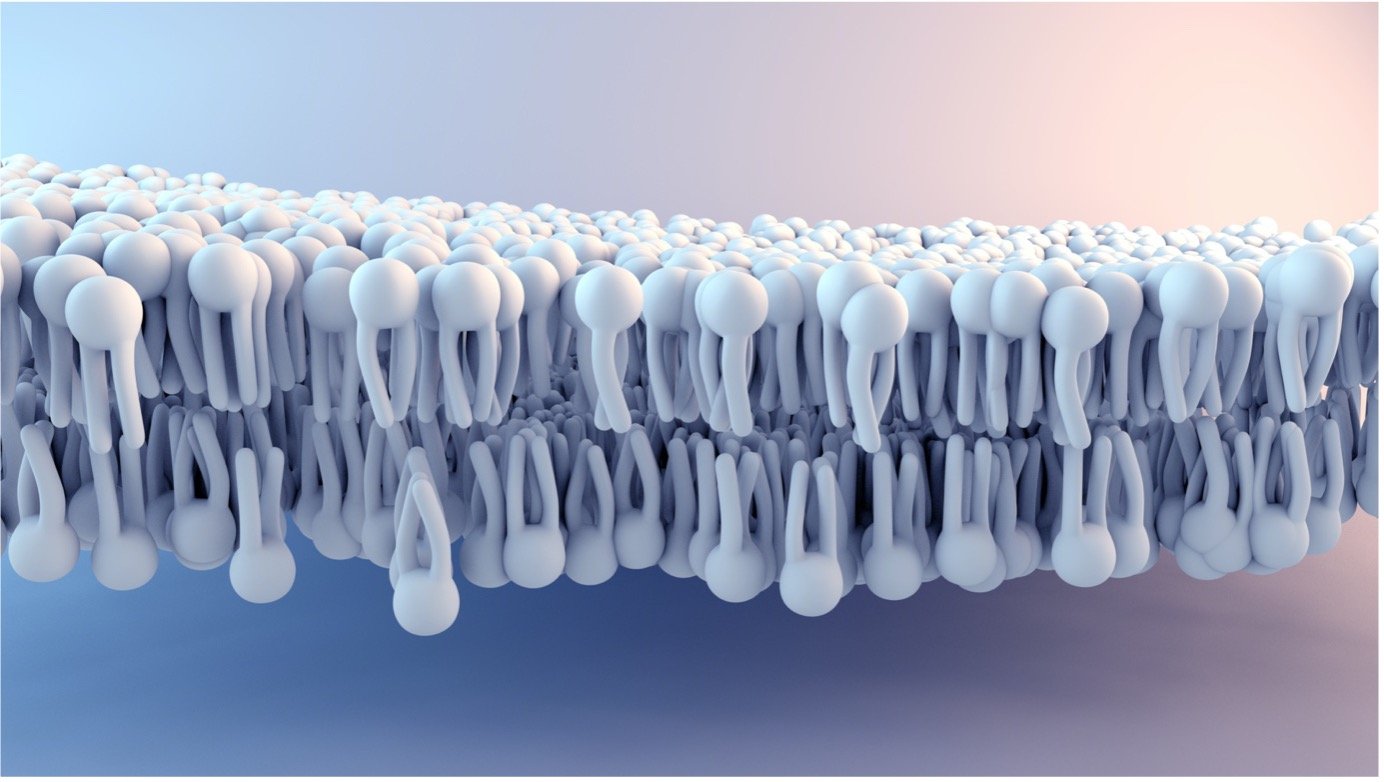We are multi-trillion cellular beings. You have 100 billion nerve cells in your brain, each one with the ability to make up to 10,000 connections with other cells. You have more possible connections in your nervous system than there are stars in the universe. If we were to equate the cells in the body with the stars in the universe, given that we are made of the stuff of stars, then this makes you your own personal universe. We are complex connectors before we even begin to look outside of ourselves.
The outer edge of each cell is a boundary. This boundary is called a membrane, the cell’s line of defence, its front line. This boundary is a barrier containing everything that should be inside the cell and keeping out everything else. It is defined and distinct. However, it also has the ability to be selective and permeable. The cell is a living thing and needs nourishment; materials that allow it to maintain its movement and its actions. It therefore also produces waste. This cell keeps what it wants that is already inside, it takes in what it wants from the outside, it keeps what it doesn’t want out and it pushes out what’s inside that it doesn’t want. These are actions of exchange.
A moment of complexity has developed. This life cannot stay separate from its environment. It needs to explore and discover so that it can create patterns of what is accepted and appreciated and what is abhorrent and to be avoided. It needs to know what keeps it healthy. It needs to taste. It turns out that we have similar taste receptors to those that we know and recognise on our tongue all over our body, inside our organs. We taste our way to comfort.

All our cells exchanging together makes us our whole self. Our cells join to make tissues, our tissues create organs and our organs organise into systems. Our skin is our largest organ and it is the outer boundary with which we interact, as whole beings, with the world around us. Touch is the first sense to develop and our skin senses pain, movement, temperature and pressure. We receive a big part of the mind body’s intelligence through the skin.
The hairs on the back of our neck and our arms raise when we feel a sense of threat, we can sense how close to us others are, we can feel our clothing, the air around us, and we can feel if something is too close, too tight, too hot, too cold, or too sharp. We can feel soothed by gentle touch or soft fabrics. We can feel supported by structures and protected by clothing suitable to an environment. We can sweat to cool down, shiver to warm up and we can tingle/itch/prickle/burn as excitement or warning. We can feel numb.
All this sensing and feeling offers us information about our surroundings and our relationship to this environment. It offers us an ability to feel safe. And of course, the same is happening to others around us. Their bodies provide them the same information. But there is more to the function of skin than safety. We touch the world and feel a part of it. We touch the earth, shake and hold hands and hug each other, feeling a sense of belonging, connection and acceptance. We are part of the group. The opposite is to feel abandonment, set apart, lost, alone.
As we function on the inside, so we behave on the outside. The beauty of being human is that we get to react and act, even to respond to our environment through the complex intelligence of our body brain. We are to be changed, moment by moment. This will happen either on a surface level by habits, needs, our genes and the nature of the current environment or through a deeper process of presence and choice by making connections with our sensory and instinctive capacities on purpose. We try to create healthy boundaries.
We also risk. As leaders we are often required to ‘put our skin in the game’. We put some personal connection into a conversation, a strategy, a deal... and it feels visceral. We must be prepared to lose while contemplating our win. This occurs in situations when there is a need for give and take and it usually involves money or power, or both. We choose a direction while risking our skin.
In my next article in this series on boundaries, I move on from the biology and fundamentals to people and relationships.
In case you missed it, you can catch Alice's article on leadership approaches here.




